Our AWS Lambda function takes a payload of images that it needs to download to /tmp from AWS Cloudfront. Then it performs some imagemagick simply composites on those images. 99% of the time it works flawlessly. In the past couple weeks (no changes made) we are now seeing 4 or 5 504 request timed out errors every 60 minutes.
In our serverless (see screenshot with spans) the function invocation fails, because it timed out, but all of the cloudfront GET are 200. By 268ms all the images the function needs are downloaded, and it appears the function is moving on. However, the api has a max 29 seconds so the function appears to move on, though the api gateway will return 504? How do I overcome this if the function is running just fine?
We enabled x-ray tracing (see screenshot) and there are zero details of any type of function invocation errors? As you can see in the screenshot there the function is in pending status. Not sure where to go from here to debug. Getting 504 errors are annoying, but I really want to know that the function is properly running.
I thought xray would give me some actual traces though that I could see (maybe I don't have configured correctly), but there is nothing in xray at this point about where things are timing out in the function invocation steps.
Here is our simpler handler. I'm not including the other functions, which could potentially timeout I suppose, but they should be very fast. The image will build in just a second, an upload to S3 occurs maybe a few seconds at most, then invalidation occurs, then invalidation, which might be a couple more seconds, if that? It shouldn't be hitting 30 seconds and nothing throwing an exception.
const { getBucketObjects, buildRackImage, uploadRackImageToS3, invalidateCdn } = require('./utils')
const HTTP_OK = 200
module.exports.buildRack = async event => {
try {
let rack
try {
rack = event.rack ? event : JSON.parse(event.body)
} catch (e) {
return Promise.reject(new Error(e))
}
if (!rack.image_name) {
// eslint-disable-next-line no-throw-literal
throw 'Image name was not provided.'
}
// basic data validation that all images are either jpg or png
const errorMsg = []
if (!rack.images) {
// eslint-disable-next-line no-throw-literal
throw 'Images array is empty.'
}
for (let i = 0; i < rack.images.length; i++) {
const typeMatch = rack.images[i].image.match(/\.([^.]*)$/) // Infer the image type.
if (!typeMatch) {
errorMsg.push(`Could not determine the image type: ${rack.images[i].image}`)
}
const imageType = typeMatch[1]
if (imageType !== 'jpg' && imageType !== 'png') {
errorMsg.push(`Unsupported image type: ${rack.images[i].image}`)
}
}
if (errorMsg.length > 0) {
errorMsg.push(JSON.stringify(rack.images))
// eslint-disable-next-line no-throw-literal
throw errorMsg.join(' ')
}
/**
* Download the rack images from S3, build the rack,
* and upload to an S3 bucket
*/
const getObjectResponse = await getBucketObjects(rack)
if (!getObjectResponse) {
// eslint-disable-next-line no-throw-literal
throw getObjectResponse
}
/**
* Build the rack image locally using imagemagick
*/
const buildRackImageResponse = await buildRackImage(rack)
if (!buildRackImageResponse) {
// eslint-disable-next-line no-throw-literal
throw buildRackImageResponse
}
/**
* Upload the rack image to S3
*/
const uploadRackImageResponse = await uploadRackImageToS3(rack.image_name)
if (!uploadRackImageResponse) {
// eslint-disable-next-line no-throw-literal
throw uploadRackImageResponse
}
/**
* Invalidate the rack image name from CDN if it exists
*/
const invalidateCdnResponse = await invalidateCdn(rack.image_name)
if (!invalidateCdnResponse) {
// eslint-disable-next-line no-throw-literal
throw invalidateCdnResponse
}
return {
statusCode: HTTP_OK,
body: JSON.stringify({
message: 'Rack Successfully Built!',
statusCode: HTTP_OK,
}),
isBase64Encoded: false,
}
} catch (e) {
// eslint-disable-next-line no-console
console.log(JSON.stringify(e))
return Promise.reject(new Error(e))
}
}

